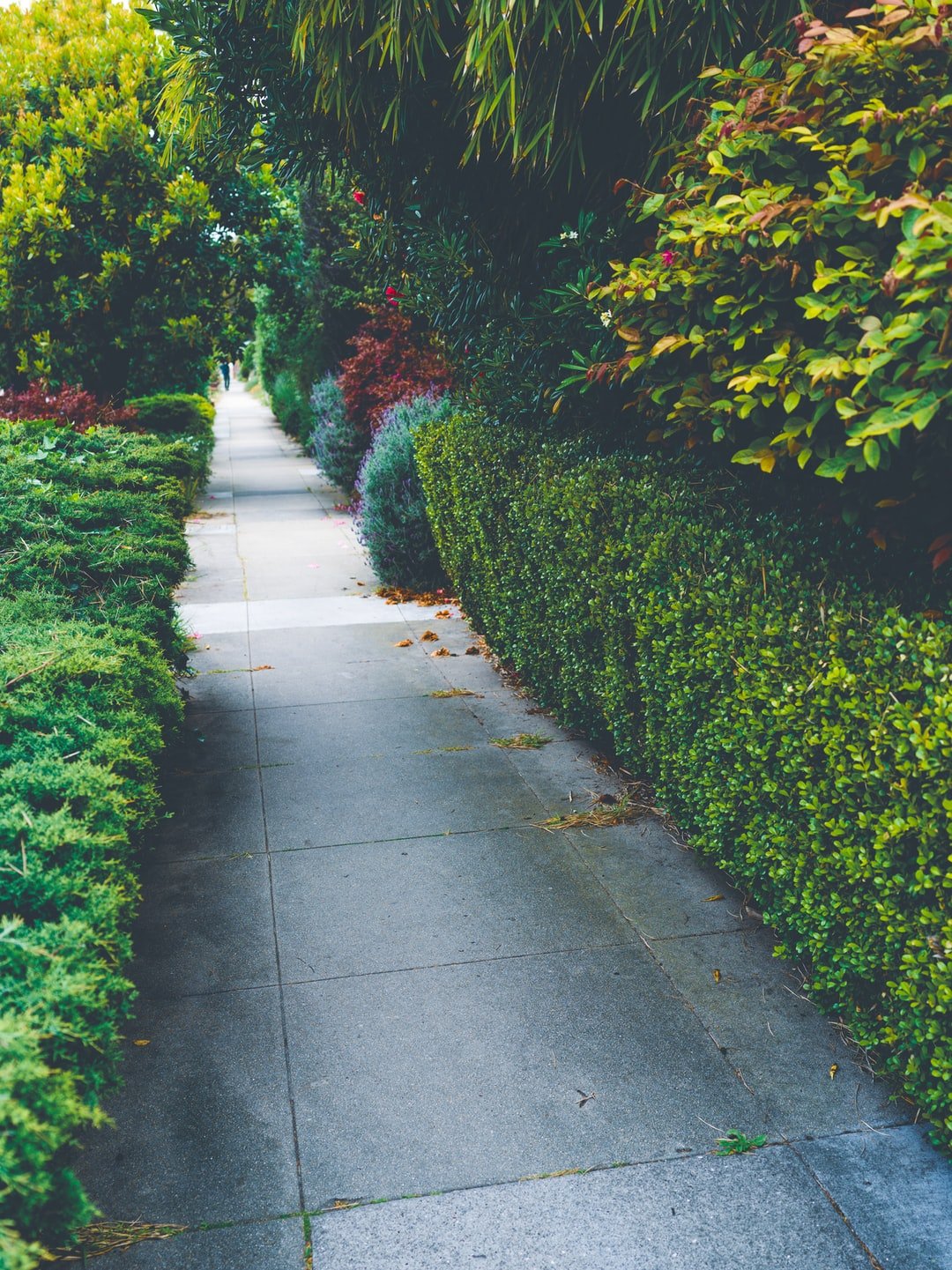Garden Materials

The adjective PLANT Material has only one meaning: material used in plants (or any living organism). The word, however, is also commonly used to refer to other things that come from plants (such as flowers or foliage), and is often used when describing a plant or its part in a piece of art. There are literally dozens of kinds of plant material, and even more subtypes. In this article, we'll explore the most common types of plant material. They're listed below:
Wood: Wood is the most common material used in a garden. It comes in many different forms - sticks, stalks, branches, or logs. It is a very versatile material and can be used for a multitude of functions. It can be used to create tables, chairs, benches, flower beds, or simply as an extension to a building. It is the strongest and most durable material used in gardening and is also easily obtained, making it perfect for large gardens. One of the best benefits to using wood is its ability to make a garden look natural. Wood is very versatile as a material, and it will add texture and color to any garden.
Water: The first of the four materials used in a garden is water. Water can either be obtained from a natural source, such as rain or the earth itself, or it can be made by using chemicals like chlorine. Chlorine is probably the most common of chemical gardeners and is commonly seen in a lot of flower and plant nurseries. Water can be used for everything from simple watering to creating irrigation systems. Water can also be used to soften soil, which can make it easier for plants to absorb nutrients, especially in the beginning. It can be used to create a rich environment in a garden by keeping the soil moist, and also by preventing the growth of harmful insects. Water will also make it easier for plants to grow in the garden by eliminating weeds.
Soil: Soil is the next of the four material types. It is created from crushed rock or clay and other similar materials, and is the base layer of a garden. It is often used to create a garden's foundation, and serves as a "bed" for plants to grow on. It is very important to mix the soil well, because if it is not mixed correctly it will have less structure, and may even crumble. as the plants begin to grow in it. Also, if the soil is not mixed properly it can cause the growth of algae, which can be very unpleasant to the plants and other gardeners. You can learn more about these services.
Fertilizer: Fertilizer is the third type of material used in a garden and is used to enrich a garden. Fertilizers come in the form of soil amendments or in the form of liquid fertilizers. They can be organic in origin, such as grass clippings, leaf litter, or even in the form of rocks, sticks, bark, or plants themselves. Fertilizers are important because they act as a medium for the growth of seeds or young plants. As a result, they can be used to help a plant grow by adding moisture, nitrogen, phosphorus, and other nutrients, and by promoting the growth of roots. When plants are young, these nutrients are vital for the development of them, but later on they are no longer needed unless the plant is able to absorb them from the soil. View here for more info about these services.
Gardening is a way to provide your plants with the vitamins, nutrients, and water they need to grow and flourish. While each of these garden materials can be used to build a healthy garden, there are many benefits of having all of them together. These materials should all be used together, as a whole, so that the plants can grow at the same pace as they should without slowing down. Plants thrive when they are given the proper nutrients at the right time. Fertilizing should be done regularly, to ensure the growth of the plants and other gardeners alike. If you can provide your garden with all of these materials in one, a healthy balance, then you will have a beautiful garden full of life and happiness.
You can get more enlightened on this topic by reading here: https://en.wikipedia.org/wiki/Landscape_contracting.
